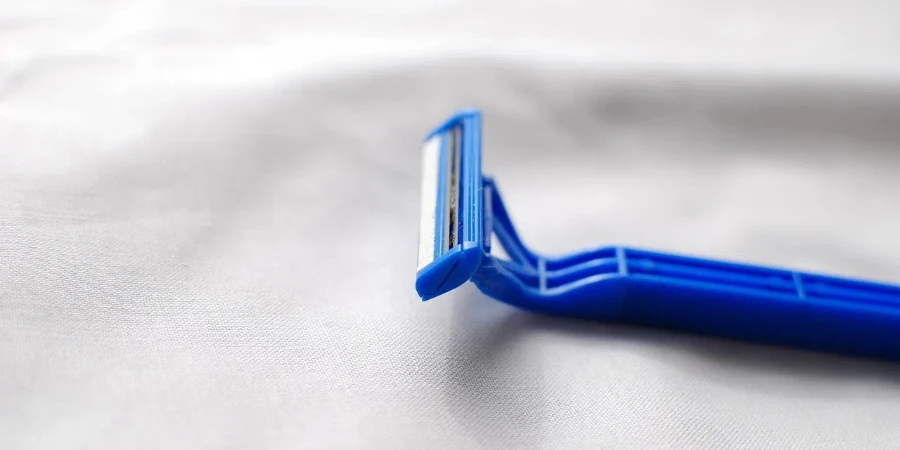In the realm of beauty and personal care, selecting the right razor blades is crucial for achieving a smooth, comfortable shave. With a myriad of options available, it can be overwhelming to choose. This article aims to demystify the process, providing you with the knowledge to make an informed decision tailored to your skin and hair type. We’ll explore the essential aspects that impact your shaving experience, from blade materials to skin sensitivity considerations.
Table of Contents:
– Understanding razor blade types
– Material matters: stainless steel vs. others
– The importance of blade sharpness
– Considering skin sensitivity
– Maintenance and hygiene
Understanding razor blade types
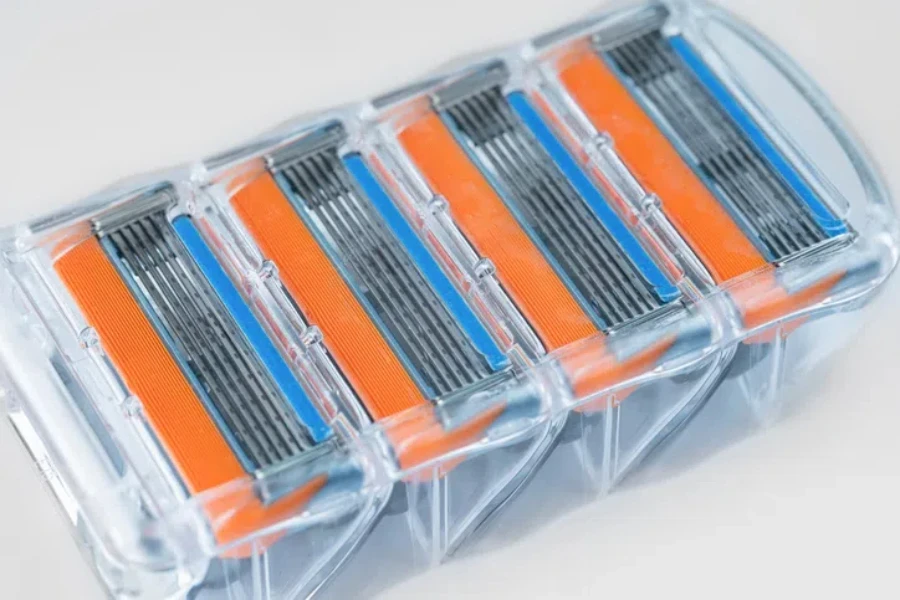
When embarking on the quest for the perfect shave, the first step is understanding the different types of razor blades available. Traditional safety razors, disposable razors, and cartridge razors each offer distinct advantages and drawbacks. Safety razors, revered for their durability and precision, require a single double-edged blade and offer a close shave with less irritation. Disposable razors, convenient for travel, are designed for short-term use. Cartridge razors, featuring a replaceable head, combine convenience with quality, accommodating multiple blade configurations for varying skin types and hair densities.
Material matters: stainless steel vs. others
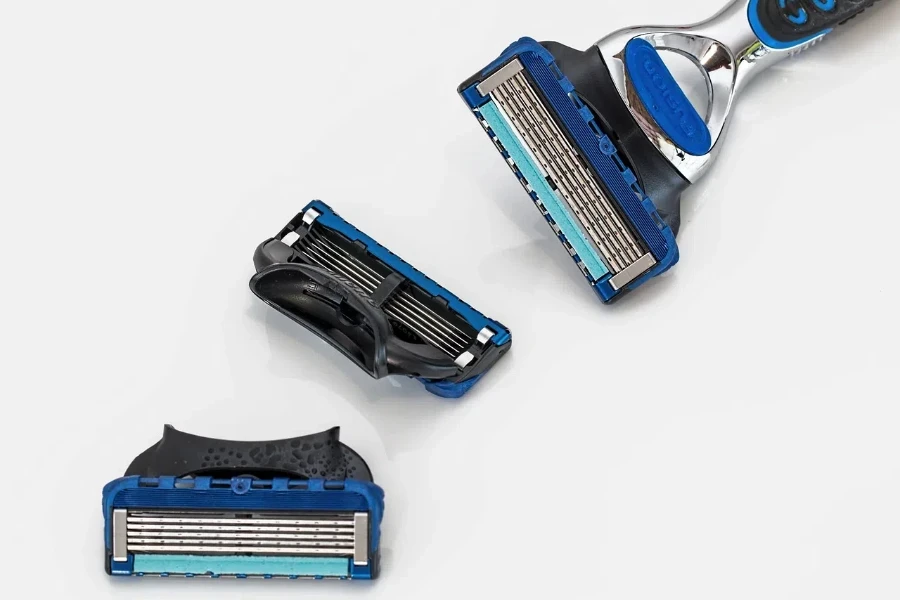
The material of the razor blade significantly influences its longevity, sharpness, and overall performance. Stainless steel blades are widely recognized for their resistance to rust and corrosion, ensuring durability. They maintain a sharp edge over multiple shaves, providing a consistent shaving experience. Other materials, such as carbon steel, may offer an initially sharper edge but lack the same resistance to environmental factors, leading to quicker dulling and potential irritation.
The importance of blade sharpness
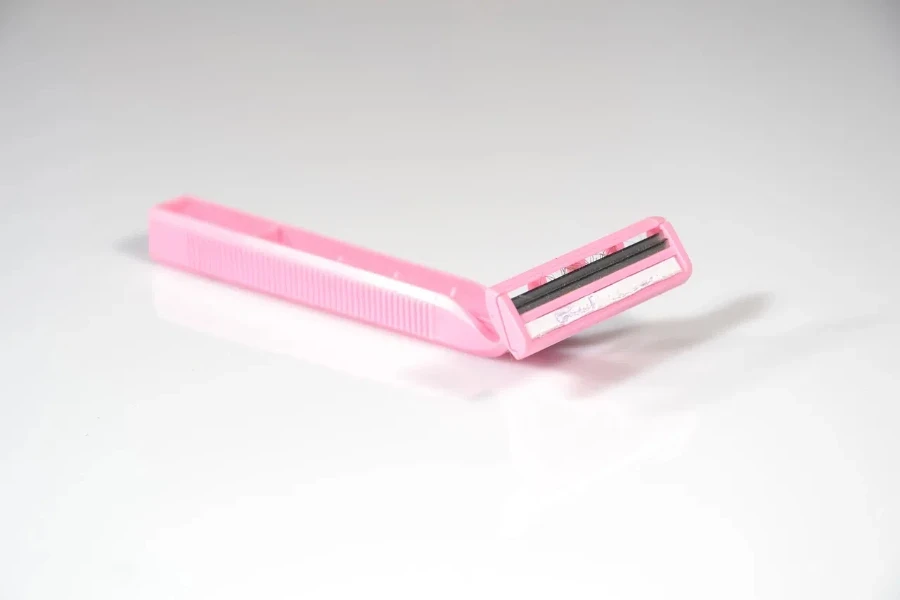
A razor blade’s sharpness is paramount for a close, efficient shave. Dull blades not only compromise the smoothness of the shave but also increase the risk of nicks, cuts, and irritation by requiring multiple passes over the skin. Sharp blades glide more easily, cutting hair cleanly without pulling or tugging. Regularly replacing or sharpening your blades, depending on the type of razor you use, is essential to maintain optimal performance and skin health.
Considering skin sensitivity
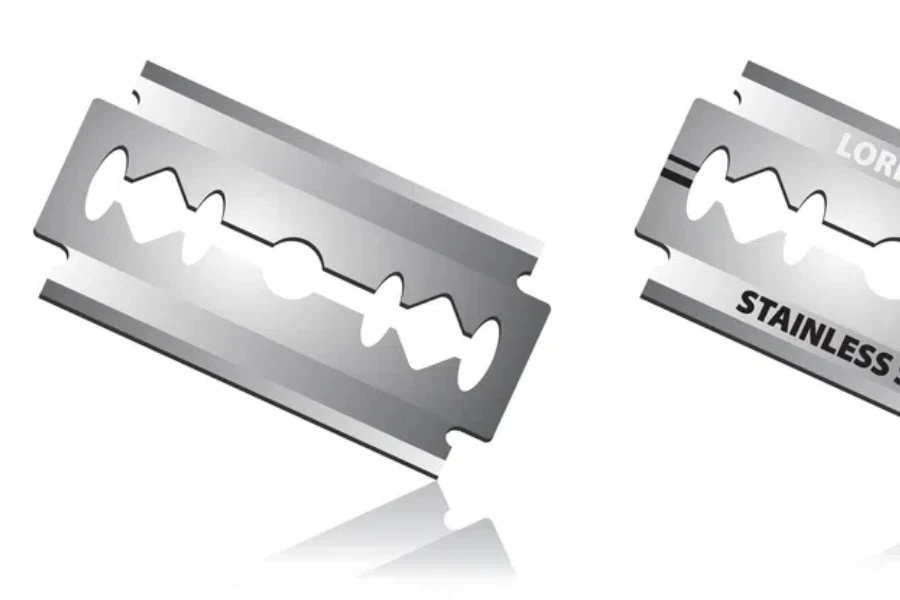
For individuals with sensitive skin, choosing the right razor blade can make a significant difference in comfort and skin condition post-shave. Blades with a smoother edge and razors designed with lubricating strips or multiple blades can minimize friction and reduce the risk of irritation. It’s also crucial to consider the shaving cream or gel used, as a product formulated for sensitive skin can further protect against redness and discomfort.
Maintenance and hygiene
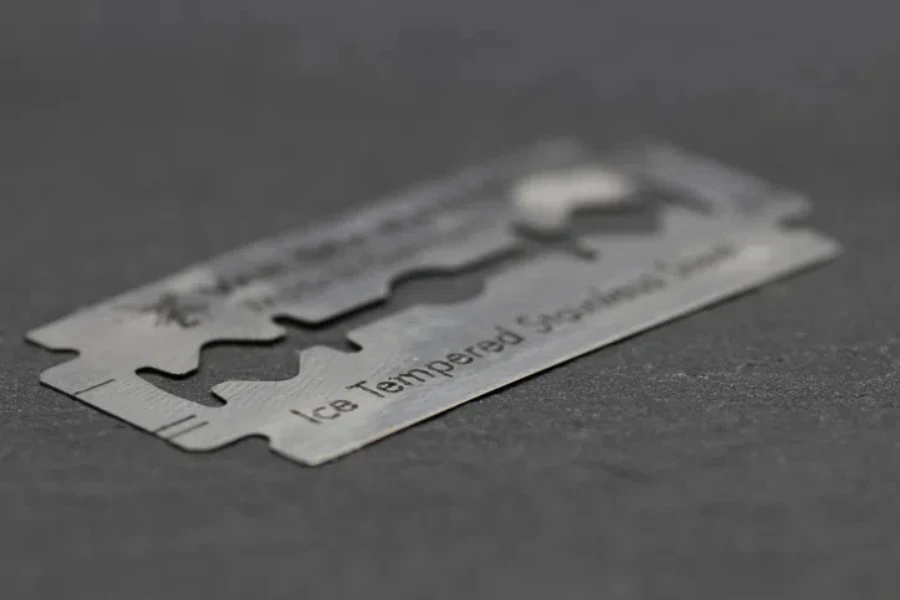
Proper maintenance and hygiene practices extend the life of your razor blades and safeguard against infection. Rinsing blades thoroughly after each use removes hair, skin, and product buildup, preventing bacteria growth. Storing razors in a dry environment combats rust and corrosion. Disposable razors should be replaced regularly, while safety and cartridge razors benefit from periodic cleaning and blade replacement to ensure the best shave quality and hygiene.
Conclusion:
Choosing the right razor blades is a personal journey, influenced by your skin type, hair density, and shaving preferences. By understanding the different types of blades, materials, and factors like sharpness and skin sensitivity, you can enhance your shaving experience. Remember, maintaining your razor and practicing good hygiene are just as important as selecting the right blade. With the right knowledge and tools, achieving a comfortable, close shave is within reach.
